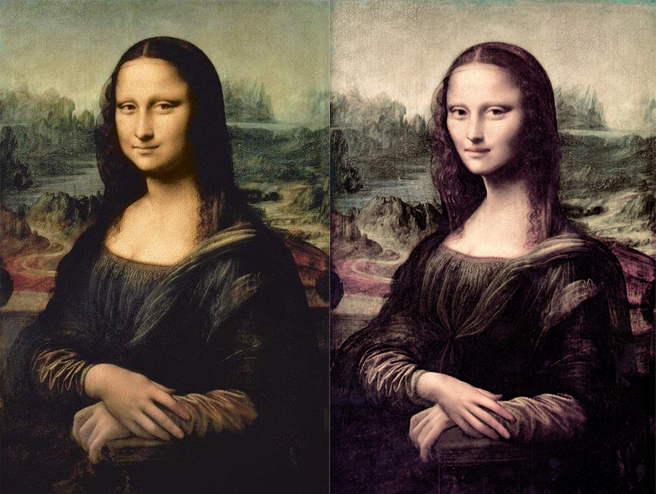In yesterday’s post, I described self-image as the way in which we describe ourselves; what we think we are like. Body image is part of our self-image, and we start constructing it in childhood, constantly modifying it over time in light of new experiences.
Body image can be thought of as our mental representation of what we perceive we look like. This mental representation is influenced by a whole host of factors such as personal experiences, reaction of others, and identification or comparison with others, and may therefore bear little semblance to how others see us. See the Dove advertisement in yesterday’s post for an excellent example of this.
So what, I hear you cry! Body image can strongly influence behaviour, and preoccupation with and distortions of it are widespread. It can potentially lead to eating disorders, muscle dysmorphia (see a previous post), steroid abuse and cosmetic surgery. Far more common is the incessant dieting and general malaise felt by the masses dissatisfied with their appearance and their inability to attain society’s ideal. Please watch the video below for a succinct overview of how body image can become problematic.
As a fitness instructor or personal trainer, you will have undoubtedly come across clients who seem desperate to lose weight or change their appearance in some way. Often I found these clients already looked great and felt their ultimate goal of physical perfection unrealistic. I remember one colleague many years ago recommended a client have liposuction as he felt her weight loss goals were unattainable in the time-frame she wanted! He no doubt thought he was being witty and cheeky, but how much damage to her self-esteem did this one remark cause? A particularly cruel comment (although this may not have been the intention). In general, I found collaborating with the client, and negotiating more realistic and attainable goals a far more productive course of action.
Body image changes over time as societal norms of beauty change. One very illuminating website, http://pretty-different.com/mona-lisa-and-more-changed-into-our-beauty-ideals/ shows what old works of art would look like if today’s ‘skinny’ ideals were enforced on them. I have copied the Mona Lisa below as an example, there are plenty of others if you follow the link.

You may have seen the slogan that is starting to pop up more-and-more – “strong is the new skinny”. Please follow the link to read a very interesting article on the pros and cons of this shift from ‘skinny’ to ‘strong’, http://www.oxygenmag.com/the-new-power-of-strength/
